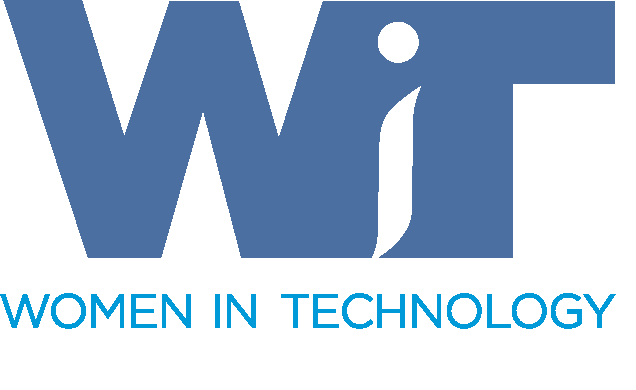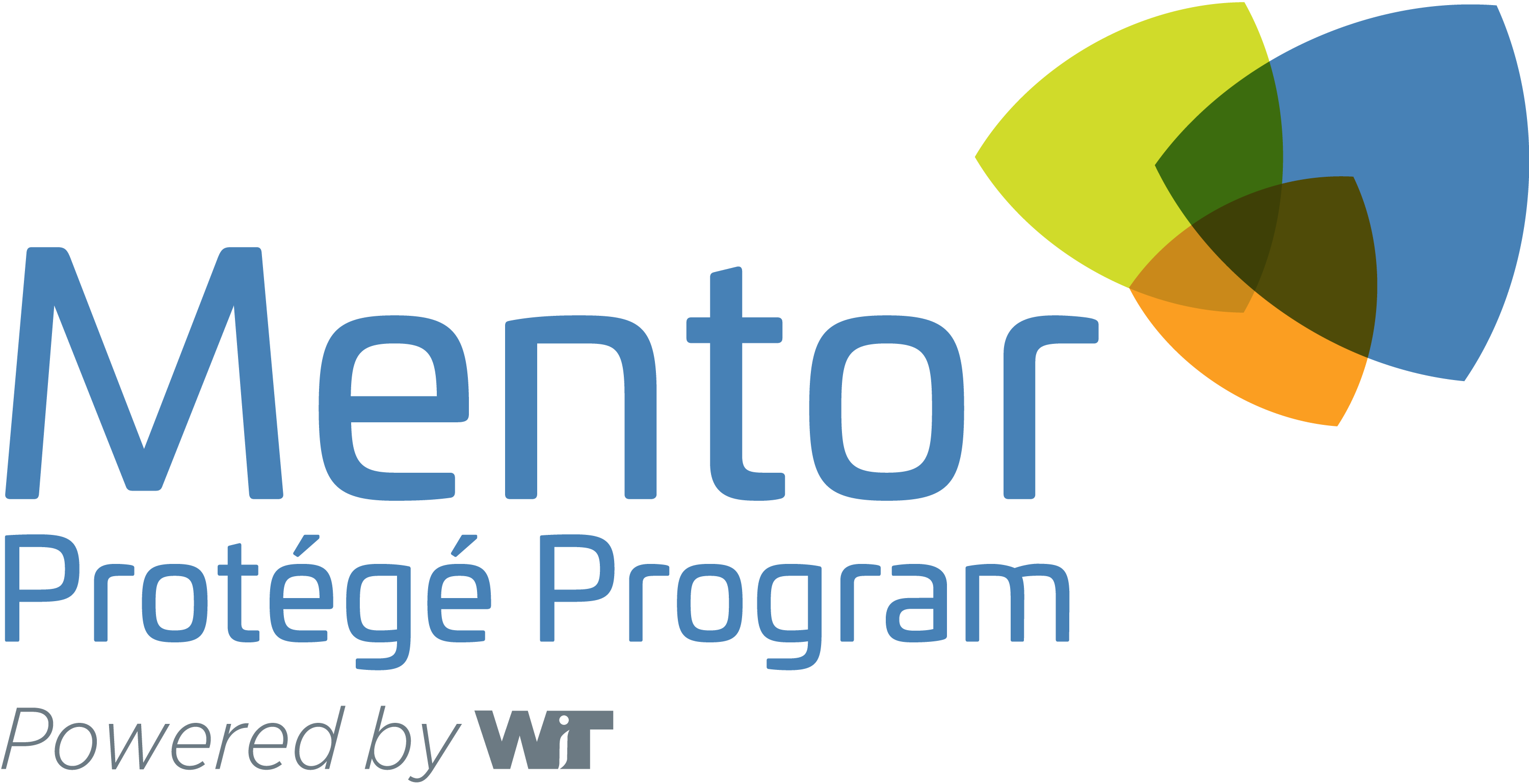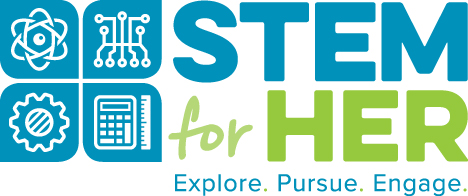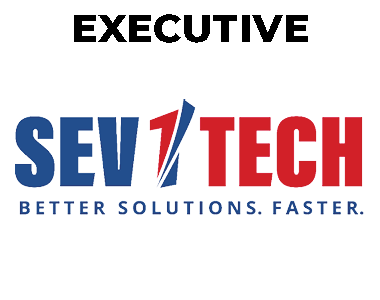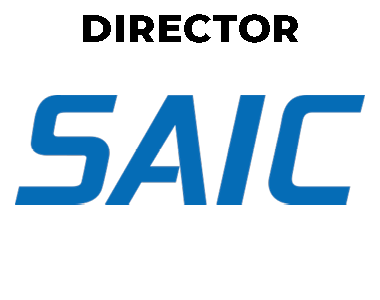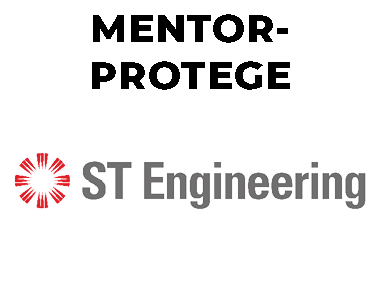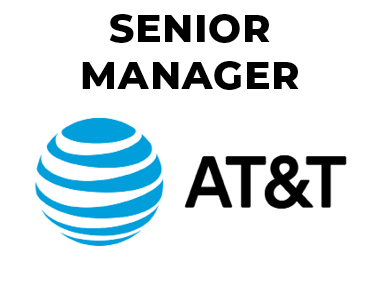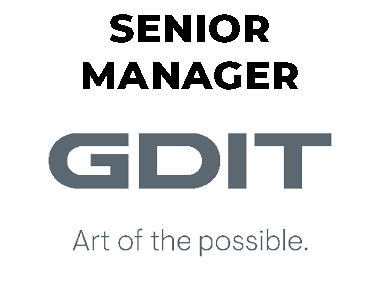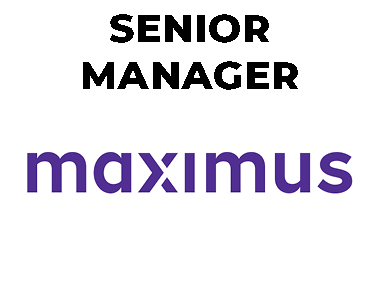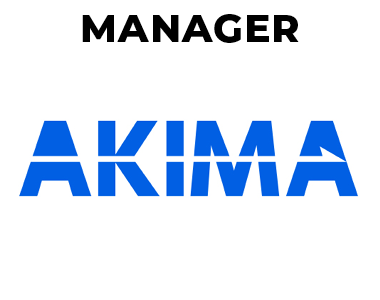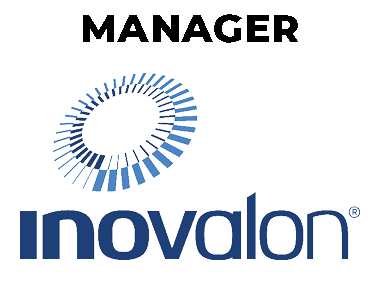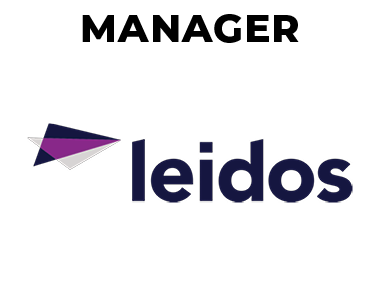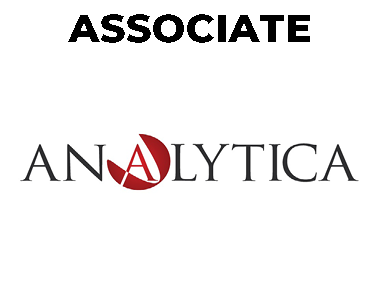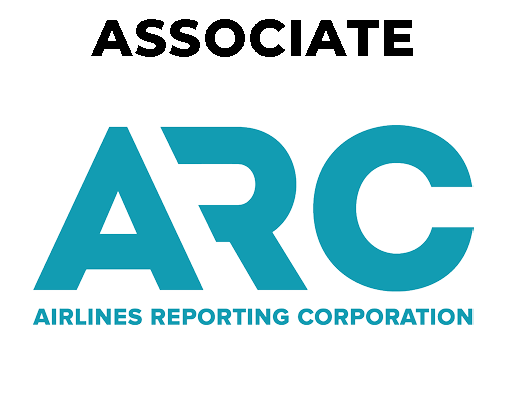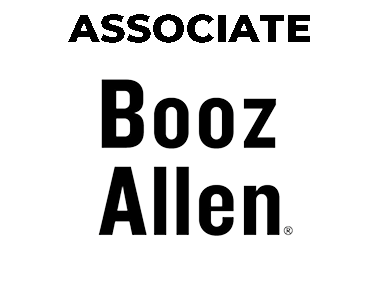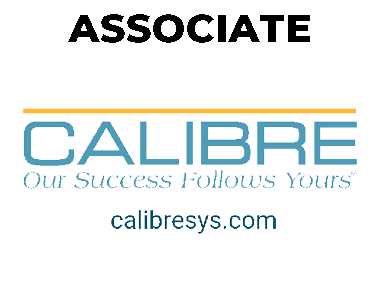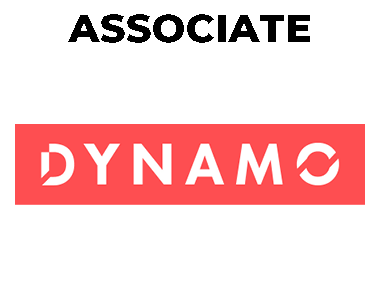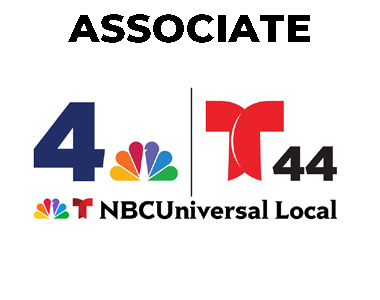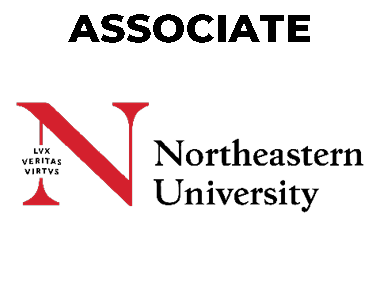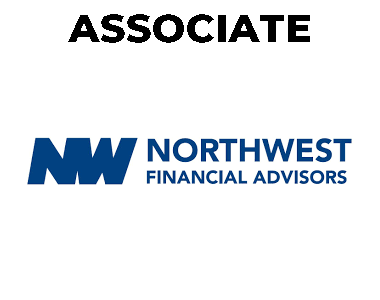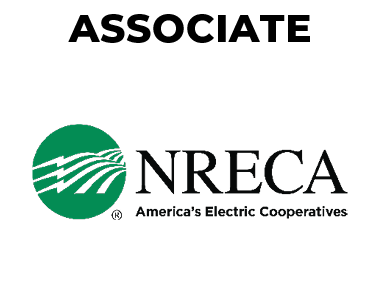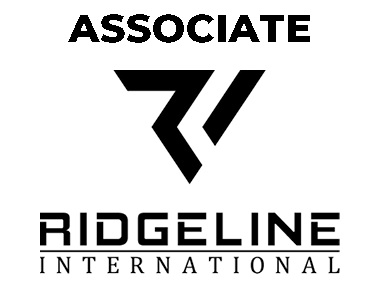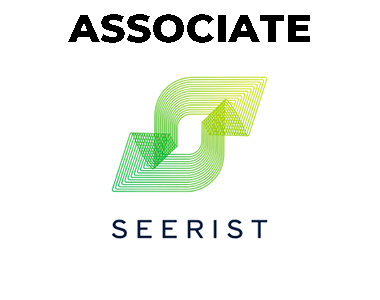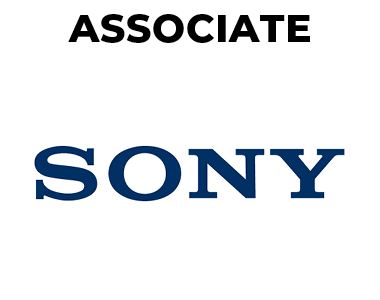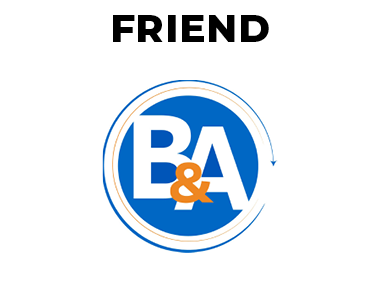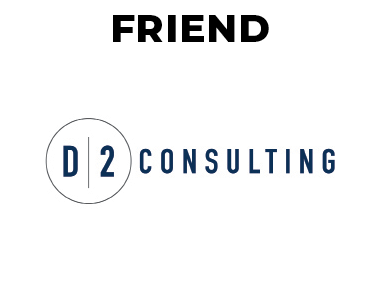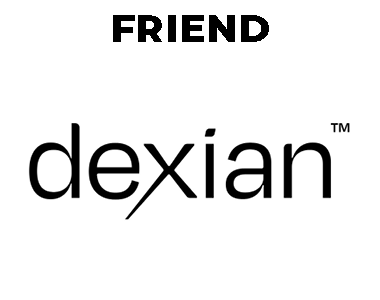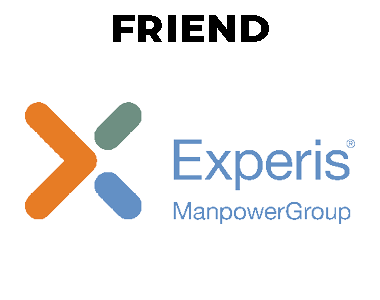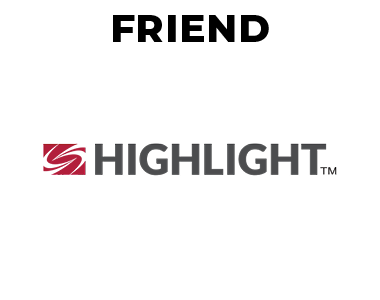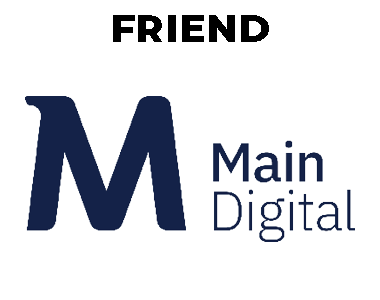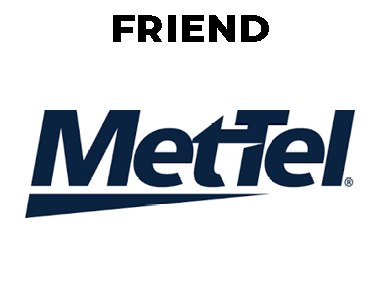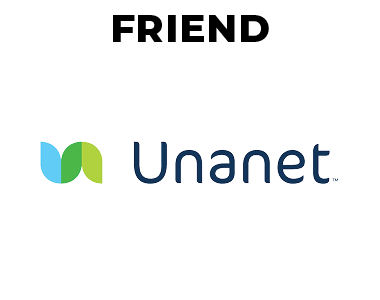Getting the Most out of Job Fairs
There are several types of job and career fairs, from ones scheduled on college campuses for students to industry-specific ones for professionals held as stand-alone events or ones held in conjunction with local, regional or national conferences. Nevertheless, they all have one common theme: It is a forum for an organization to meet and screen a high volume of potential job candidates. Whether you are a college student new to the job-hunting process or a seasoned professional looking to advance your career or reenter the market, these ten strategies will improve your odds of obtaining those on-site second interviews.
The ten tips offered below will not guarantee success but will help you to strategically place yourself above many of the other job fair attendees.
- Pre-register. Some career fairs allow job-seekers to pre-register for the event, which usually includes submitting a resume. With more fairs going to the Web, pre-registration will most likely become even more common. Employers get a chance to prescreen pre-registered applicants and possibly make note of applicants they want to meet at the fair. Does pre-registration guarantee that you will get noticed or that employers will even look at the registrations? No, but why would you not take advantage of such an easy step?
- Research. Many job-seekers go to fairs to make contacts but are not fully prepared to interview. You can get a huge jump on the competition by getting a list of the organizations attending the fair and doing some research on each of the ones with whom you wish to interview. While all of the recruiters will have company literature at their booths at the fair, you often cannot access those until after the interview. With so much information about companies on the Web, there is no excuse not to do your homework. A great site to help you with this strategy is Hoovers.com. You can create a free trial account to try out this amazing resource.
- Resumes and Business Cards. Bring plenty of resumes to the fair. If you have multiple interests or job objectives, make sure you bring enough of each version of your resume. Be sure you ask someone other than yourself to proofread your resume for grammatical and other errors. An important note about resumes is that many recruiters do not collect them at the fair. Instead, they will direct you to their Web site to formally apply online. By doing so, the organization is able to properly track and route your resume and officially consider you an applicant. In addition to your resume, it is a wise use of your time and money to create some professional business cards that provide your name, E-mail and postal address on the front and a list of your key skills on the back. This is especially important for full-time students and those candidates who are in between jobs.
- Portfolios. More and more career experts are emphasizing the importance of career portfolios. These portfolios should include copies of your resumes, a list of references, and a few samples of your best work. While most career fair interviews are fairly short, there may be opportunities for discussing your portfolio with a recruiter during a second on-site interview. It is best to always be prepared no matter what happens.
- Attire. Conservative business attire is essential, even if you are participating in a professional conference that is scheduled around the job fair where casual business attire is the norm. It is always better to be overdressed than underdressed. For women, carry one bag with just the essentials from your purse so you are not weighted down by too many items. All job-seekers will want to keep your dominant hand free to greet the recruiters with a firm handshake. If you need something to drink, visit the water station, have your drink, and then return to the organizations’ tables to continue networking. Breath mints are great to have with you too.
- Strategy. You need to devise a strategy or plan of attack for the fair. You have already done the first step by researching the organizations that interest you. The second step is to check with the job fair staff to see if any additional organizations have registered and their table locations. The third step is surveying the layout of the fair and determining an order of interviewing. A fourth step is to go against the flow. Most attendees will begin “working the room” from right to left. So do the opposite and head left and work counterclockwise around the room. Some experts suggest meeting with your top choices first, visiting your other choices second, and returning to your top choices prior to your departure to thank them again for their time. But remember to stay flexible as your top choices may be the top choices of many, creating long lines that you may wish to avoid.
- Interviewing. You may only have two to five minutes to market yourself and protect yourself from being screened out, thus you need to make the most of your time. Many experts suggest that you develop a one-minute "commercial" that highlights the key benefits that you can offer the organization. Also remember the three keys to all interviews: make eye contact, offer a firm handshake, and show enthusiasm. You should also prepare answers to interview questions just as you would any employment interview. The most common question you will face is something like "what are you here for today?" A positive reply could be something like “I am very interested in learning more about your organization’s work with (name of project or function) and how my previous experience (or current college coursework) could contribute to your success.
- Referrals. What do you do if the recruiters at the table do not work in your area of specialty? Thank them for taking the time to speak with you and probe them to find out who manages the functional area or areas that match your skills and experience. Ask for the referral by saying something like “Can you help me connect with him/her?” Pick up the recruiter’s business card and ask permission to contact that individual the next business day to obtain the appropriate follow-up contact to include the individual’s direct phone number and E-mail address.
- Networking. Career fairs are all about networking. Naturally, your first task is to build a relationship with the recruiters. However, you can also network with your fellow job-seekers in terms of sharing information about job leads, organizations, and their recruiting strategies and styles. There may also be professional organizations or employment agencies on hand at the fair, which are also good sources for networking.
- Follow-up. Even though this step is listed as number 10, it will consume more of your time than any other as it is the most important. Surprisingly, few job-seekers actually take the time to follow-up their career fair interviews. Therefore, committing your time to doing so will give you an edge over the many others who do not. There are two main methods of follow-up. Some experts suggest actually calling the recruiter the evening of the fair and leaving a voicemail message thanking the recruiter again for his/her time that day. A more concrete and traditional method is to write a thank you note and send it the next day to the E-mail or postal address on the recruiter's business card. In the note, thank the recruiter for his/her time, restate your interest and qualifications for the position, reiterate your interest in a second interview, and make a promise to follow-up the letter with a phone call (and then make sure you call). You should attach another copy of your resume.
Good luck with your job search and remember to accessorize your professional attire with a smile!
|
